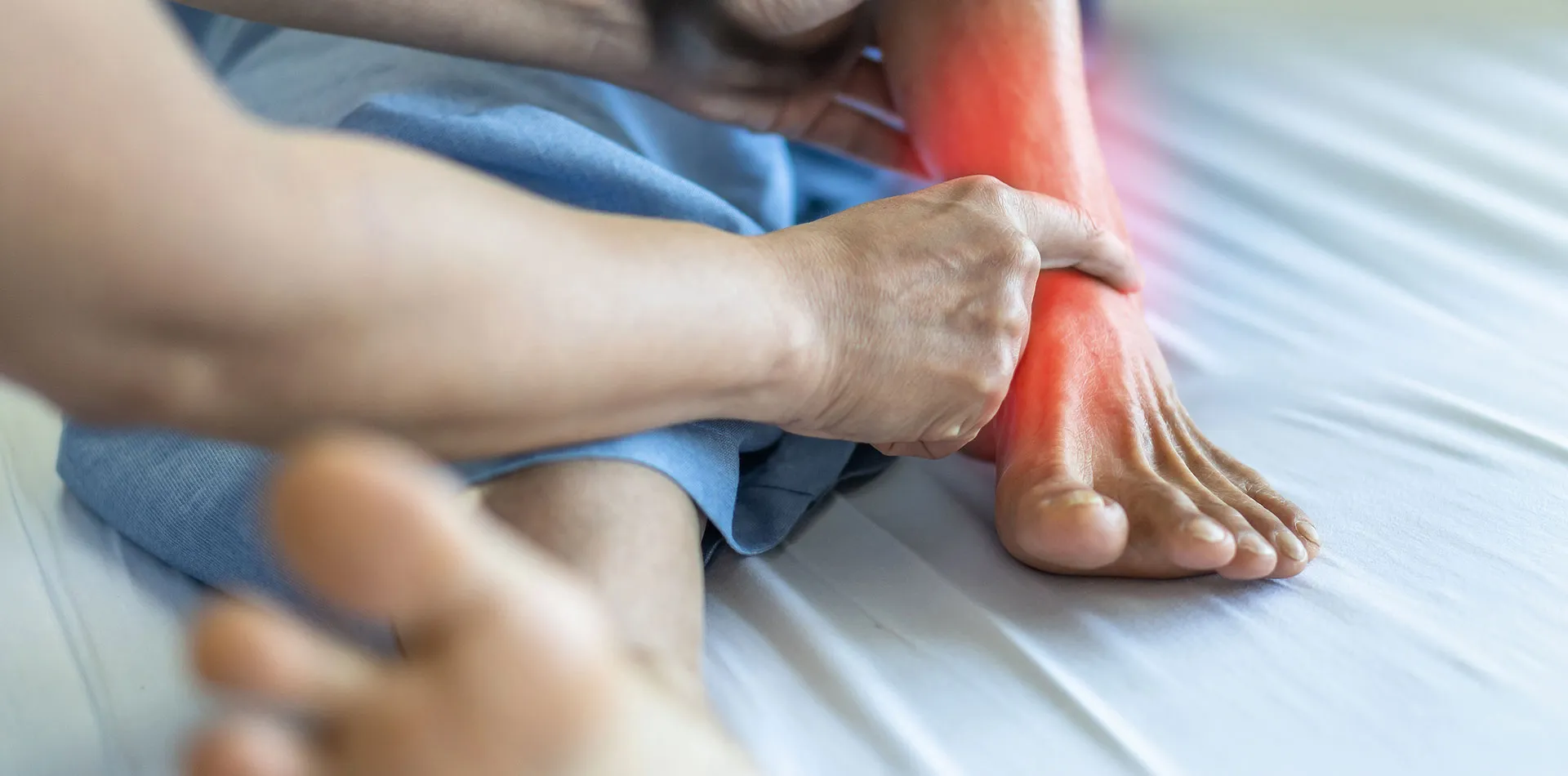
Ankle injuries are typical bone and joint damages that are painful and temporarily disabling, causing difficulty to walk. A twisting injury causes a broken ankle because of a simple misstep, fall or direct trauma during a car crash.
However, the seriousness of the damage caused to the ankle may vary, that is, tiny cracks in your bones or fractures that pierce your skin.
The position of the injury and severity of the bone fracture determines the type of treatment required to heal the broken ankle.
If the ankle is severely injured, surgery to implant plates, rods or screws into the broken bone to maintain proper position will be its treatment.
The person with a broken ankle will experience immediate throbbing pain, bruising and swelling, tenderness, deformity, and problems or pain with walking or bearing weight.
When self-care does not heal the pain and swelling, and worsens over time and affects your walking, you need to consult a doctor to examine and treat the bone damage.
A broken ankle is a twisting injury caused due to a direct blow to the ankle, such as during car accidents that result in crushing injuries, resulting in breaks that require surgical repair.
It can be due to tripping and falling that may damage or break bones in your ankles, or cause of from landing on your feet after jumping down from a slight height.
A twisting injury leading to a broken bone can also result from simply missteps that may pressure the foot, causing bone damage.
There is a higher risk of a broken ankle when:
• You are involved in high-impact sports like basketball, football, gymnastics, tennis and soccer that can cause ankle fractures due to stresses, direct blows and twisting injuries during the play.
• When you don't use a proper technique or sports equipment, such as tightly or loosely fitted shoes, that may add to stress fractures and falls. Even incorrect training or workout can cause ankle injuries, like when don't warm up or stretch properly.
• Increasing the frequency or span of your workout sessions without preparations raises the risk of stress fractures for both trained athletes or newcomers beginning an exercise routine.
• When the home is cluttered or poorly lit, walking around in a house may cause accidents, falls and ankle injuries.
• People with osteoporosis are at higher risks of injuries to their ankle bones.
• Cigarette smokers have more significant risks of developing osteoporosis, and a fracture healing process also takes longer.
Broken ankle complications may include the following:
• Arthritis: Fractures that spread into the joint result in arthritis over the years. Consult a doctor if there is a pain in the ankle a long time after the hurt.
• Bone infection (osteomyelitis): When the bone protrudes through the skin, this open fracture is exposed to bacteria that may cause infection.
• Compartment syndrome: A rare condition with ankle fractures that may cause pain, swelling and disability in affected muscles of the legs.
• Nerve or blood vessel damage: The trauma to the ankle can sometimes tear them, causing injuries to the nerves and blood vessels. Consult the doctor when there is a numbness or circulation problem, as lack of blood flow may result in bone death and collapse.
These are primary sports and safety tips that can help prevent a broken ankle:
• Use proper shoes - hiking shoes on rough terrain and right athletic shoes during sports.
• Discard sneakers when worn out or if shoes are uneven. For runners, replace the sneakers after every 300 to 400 miles run.
• Go with a gradual slow start when you are beginning a new fitness program and workout.
• Cross-train is helpful to limit stress fractures. Involve in alternating activities like rotate running with swimming or biking.
• Build bone strength by consuming proper calcium-rich foods, like milk, yoghurt and cheese, and taking vitamin D supplements when advised by the doctor.
• Keep clutter off the floor to avoid the chance of trips and falls.
• Strengthen your ankle muscles when you are prone to twisting your ankle with exercises; consult the doctor for advice.
Patient Experience